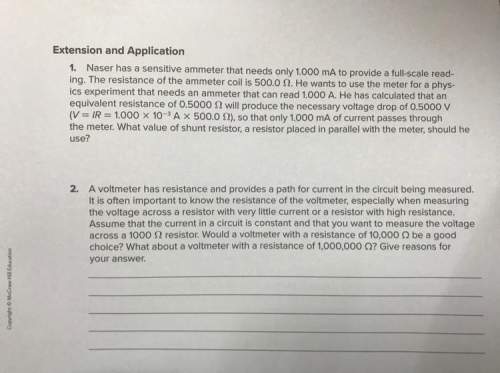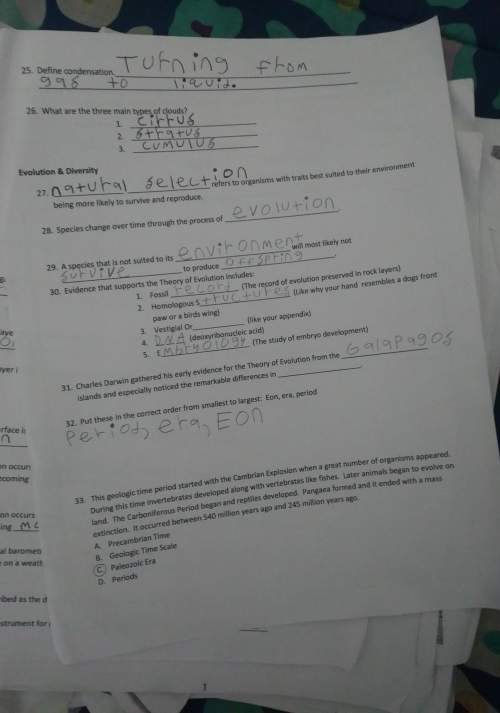A=i-j+k then unit vector in the direction of A
a) √3.j
b)(i-j+k)
c)(i-j-k)/√2
d)(i-j...

Physics, 05.08.2021 21:00 dragpack70
A=i-j+k then unit vector in the direction of A
a) √3.j
b)(i-j+k)
c)(i-j-k)/√2
d)(i-j+k)/√3
please answer my questions with explanation .
and i , j and k are with ^(cap)
as components of x, y and z axis

Answers: 1


Another question on Physics

Physics, 21.06.2019 18:00
Aproton is projected toward a fixed nucleus of charge +ze with velocity vo. initially the two particles are very far apart. when the proton is a distance r from the nucleus its velocity has decreased to 1/2vo. how far from the nucleus will the proton be when its velocity has dropped to 1/4vo?
Answers: 3

Physics, 22.06.2019 02:00
How does the amount of energy required to hold each proton and neutron in the nucleus compare to the energy released when they are removed?
Answers: 3

Physics, 22.06.2019 09:30
Which are advantages of renewable resources? check all that apply. renewable energy supplies are completely reliable everywhere. some renewable resources will never be used up. little or no waste is produced by renewable resource plants. electricity can be generated in large quantities. many renewable energy facilities have lower operating costs.
Answers: 1

Physics, 22.06.2019 14:40
During the experiment if you could triple the breakaway magnetic force with all other quantities left unchanged, what is the new value for the critical velocity if it was v0 (initial velocity), initially? (b) now if you halved the radius with all other quantities left unchanged, what is the new critical velocity if it was v0 (initial velocity), initially? (c) if during the experiment, critical velocity quadrupled with all other quantities left unchanged, what is the new breakaway force if its magnitude was initially f0,?
Answers: 1
You know the right answer?
Questions

Mathematics, 06.07.2019 01:30

History, 06.07.2019 01:30

Biology, 06.07.2019 01:30

Mathematics, 06.07.2019 01:30





Mathematics, 06.07.2019 01:30




Arts, 06.07.2019 01:30


Mathematics, 06.07.2019 01:30

Mathematics, 06.07.2019 01:30

Mathematics, 06.07.2019 01:30


Mathematics, 06.07.2019 01:30





